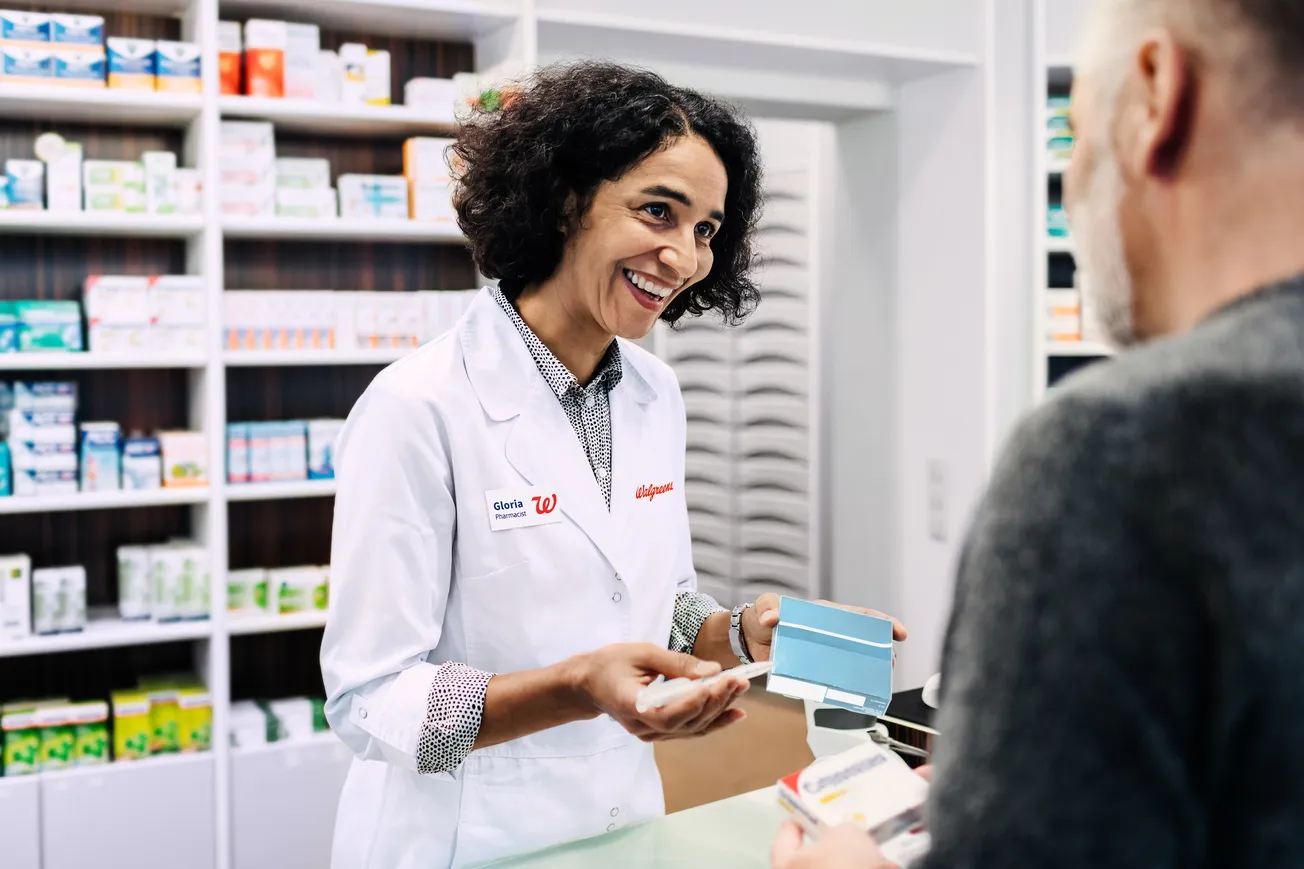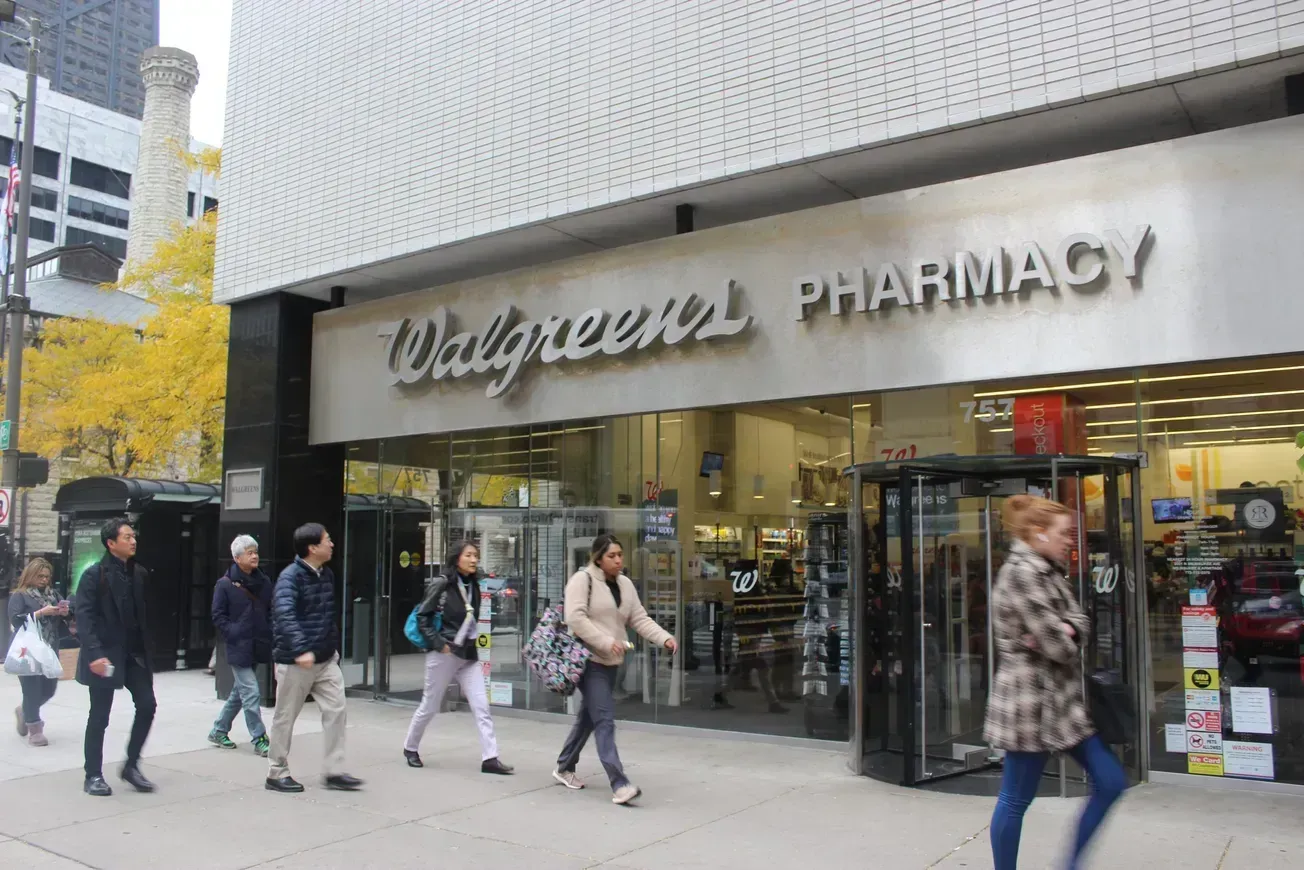NEW YORK — The trial and travel category represents a growing sales opportunity for those retailers and suppliers who manage it well.

Amy Saini
In part, that’s because of the “revenge travel” phenomenon, which is being fueled by the large numbers of consumers who are eager to hit the road and get on planes again after staying at home during the COVID-19 pandemic.
“We expect travel to be up this year,” notes Amy Saini, a category manager with L&R Distributors, which manages trial and travel departments for several retailers and works with suppliers in this important category. “About 40% of consumers are saying they plan to travel more in 2024, and that skews higher, to about 50% for Gen Z and Millennials. That, of course, means we’re going to see people buying more travel-size products and taking them on the plane.”
Saini notes that there is a significant segment of the population that will be taking a budget-conscious approach in their travel plans, opting for road trips, Airbnb stays and shorter vacations. Many of those consumers will still be choosing “travel size” products for their trips, though, because they see such items as more convenient. Travel size offerings can also allow different family members to bring their own preferred products and brands. And inflation is prompting many consumers to opt for smaller-sized products that are available at lower price points.
According to Saini, other broader trends are also impacting the category. Sustainability has emerged as a paramount concern among many consumers in the trial and travel category. That is particularly true about the Gen Z cohort, which, as a group, is not only more inclined to travel than the rest of the population, per the surveys, but they’re also looking for clean products that are sustainable.
“So consumers are saying that they don’t just want a brand to say they have an organic ingredient in a product,” Saini notes. “They also want to see that the packaging is made from recycled material, that the company will still be able to make the product sustainably in 10 years, and that the environment is not being damaged to make the product.”
Another big trend is the demand for a broader range of products that addresses the needs of a more diverse, polycultural customer base.
Saini explains that “a male consumer might say that they don’t want to use products with feminine scents, for example, but instead would prefer products that look and smell more masculine. Other consumers may be looking for a greater range of shades and products that address more practical concerns like hair color or texture.
She cites the example of a new dry shampoo from a leading hair care brand that’s specifically designed for dark hair. “Most dry shampoo is white,” she notes, “so if you put it in hair like mine, it’s going to really show. And now they have a product that addresses that problem.”
The trial part of the “trial and travel” equation is also becoming an increasingly crucial part of the department’s appeal, offering consumers the opportunity to experiment with new products without committing to a full-size purchase. This approach is particularly appealing in a market where consumers are looking for value and personalization.
Moreover, the trial size offers a unique opportunity for brands to reach new consumers and test the market with innovative or premium products.
Suppliers can test masstige premium new formulations without making a big investment, Saini says, and the consumers benefit from the opportunity to discover new products. As one recent example, she notes that a major beauty supplier is working with L&R to add a popular skin care staple to retailers’ trial and travel departments.
“It’s a unique product because it falls in between the cosmetics and the skin health space,” Saini says. “And by offering a trial size version, the supplier can attract the attention of consumers who might not even be going into that department looking for a skin care item. But the smaller size makes it more likely that someone who’s curious about the product will give it a try, because they can see how effective it is before they buy the larger one that costs two or three times more.”
Helping make trial and travel departments work for retailers, suppliers and consumers alike is one of the core capabilities of L&R, notes Saini, who has about 10 years of retail and CPG industry experience, including a stint with Kroger Co.’s manufacturing operation, where she helped support the sourcing of materials that go into Kroger’s own brand products. In her current role, she’s involved with data analysis, staying on top of category trends, and working with retailers and suppliers to support trial and travel departments that deliver sales and profitability for all parties.
Saini points out that L&R’s belief in this sector’s potential is backed by tangible results. Over the past six months, for instance, the company’s strategic partnership with a leading grocery chain has led to a remarkable uptick in its performance, with double-digit growth observed week over week. This result not only highlights the natural demand within the sector but also underscores the critical importance of understanding and catering to this demand effectively, she says.
L&R takes a multifaceted approach that encompasses category management, leveraging consumer insights and trends, and forging strong partnerships with suppliers. The company’s 650 dedicated merchandisers ensure optimal stock levels across stores, thereby improving service levels and the ability to offer consumers the right products at the right prices. Overall, customers experience sustained growth on a competitive basis after L&R takes over their trial and travel program.
“Our in-store merchandising is one of the things we focus on,” Saini says. “We did a study based on some of the other categories we’re in. And we found that when our reps are in the stores, conditioning the sets and making sure the product is on the shelf, we saw a significant increase in sales on those same items. The retailer doesn’t have to hold the inventory, because we’re doing that. And our reps are in the store — they’re stocking, they’re ordering, they’re making sure it looks good, and the retailer gets to enjoy the sales growth.









